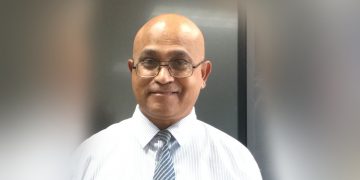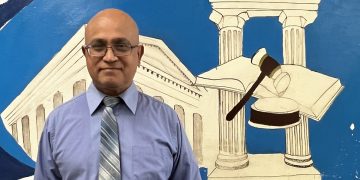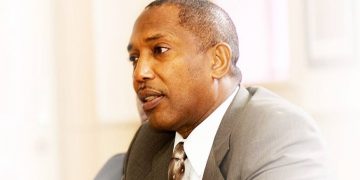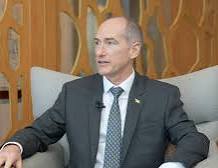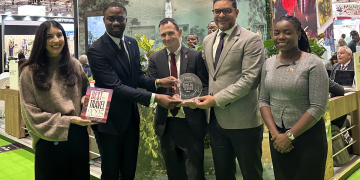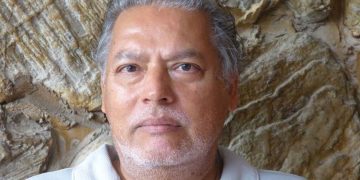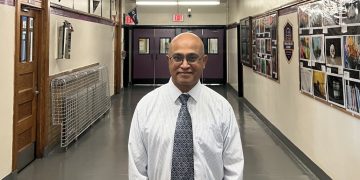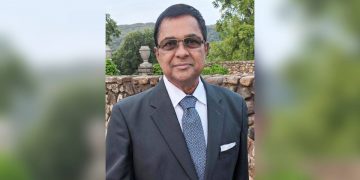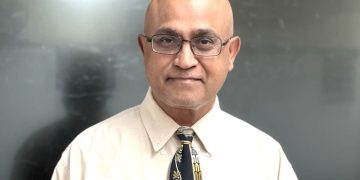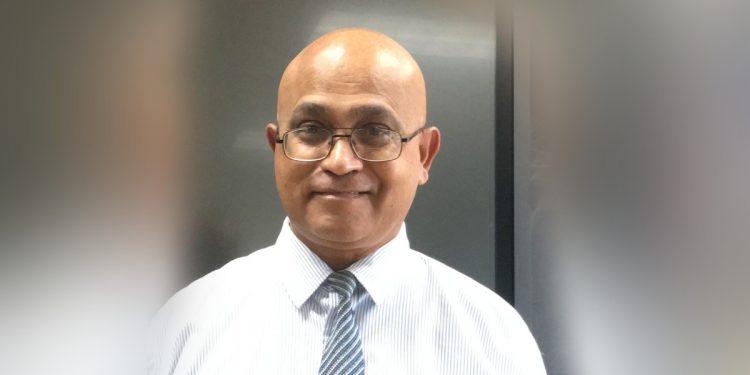The government needs to take action to narrow the widening income gap between the rich and the poor, the super-rich and the middle class; both Jagan and Burnham would have pursued some kind of policy to aid the lower income people.
One does not have to be an economist or look at socio-economic indicators (although data is very important while at times misleading) from the World Bank (or IDB or IMF)) to conclude that there is a huge gap between the small well to do class and the masses. The measure of inequality and even corruption is based on individual perception not just data. Empirical observations traveling around Guyana would lead any perceptive economic or social science observer to conclude that there is serious income inequality (or standard of living) in the country: a small number or percentage of people live extremely well and the large majority not so well; the upper half live a very comfortable life while the lower half, the relatively poor, lacks basic comfort (inclusive of three balanced meals). And the middle class is not doing as well as it once did; the gap between them and the rich is also huge and they are complaining in encounters with them while conducting surveys.
Figures are not available for updated wealth (2023) or income. But available figures from 1980 thru 2022, reveals a huge gap between various deciles. Income inequality in Guyana is characterized by a large concentration of income in the top deciles. There is astounding persistence of income inequality and of concentration of wealth among a small percentage of individuals. The top 1% and the top 10% of the income earners control more than 20% and 50% respectively of total income or wealth. Guyana may be among the most income unequal countries. What exists is a consumer pyramid structure in which a small number of people has most of the wealth at the upper portion of the pyramid while the masses descend towards the bottom. Unfortunately, hardly any study in recent times analyse the perverse effects of rising economic inequality in Guyana.
Available data from Collin Constantine, World Development (January 2024) states that “Income inequality is characterized by a large concentration of income in the top 50% of the population, and a greater inequality by class than by ethnicity. Between 2006 and 2021, the top wealthiest 50% of the population accounted for 75% of household income, while the poorest 50% of the population accounted for 25% of household income. The top 10% earn more than the bottom 40% (who live in extreme poverty)”. Prof Constantine showed that the upper classes are becoming wealthier while the poorer classes are losing income relative to the upper class. The poor is getting poorer and the rich getting richer.
World Inequality Database notes that for 2022, the top 1% of earners accounts for 19% of income; the top 10% account for 52%. The bottom 50% accounted for 9.8% of total income. There is a huge gap between the top 1% and the bottom 99%, the top 10% and the bottom 90%, the top 20% and the bottom 80%, the top 40% and the bottom 60%, and among other deciles. Also, the Gini Coefficient that measures inequality in a society reveals a troubling persistent trend of inequality. The most recent Gini Coefficient (2023) for Guyana is 0.467 – lower the number, lesser the inequality. ‘Our World in Data’ states that “A coefficient greater than 0.4 indicates a large income gap, and inequality above this level can often lead to social and political tension or instability”.
This gap in income or wealth needs need to be addressed. Developmental sociologists and economists found that income inequality leads to all kinds of social issues – violence, crime (theft), lawlessness. The poor may resort to theft as has been the case in Guyana over last several decades; crime (robbery or larceny) is widespread. It also leads to institutionalization of bribery. Greed negates moral qualms in pursuing corrupt strategies to acquire wealth. There is political lobbying to secure contracts for infrastructure projects. Officials and evaluators of bids are bribed. And it does not matter whether one played a role in combating electoral fraud; corruption is more valued than the contributions to save democracy.
The rich tend to offer bribes to get state contracts; this breeds a multi-faceted problem in which there is a competition to offer bribes to get contracts, while delivering substandard work. The World Bank itself in general studies in developing countries found that income inequality breeds corruption in the intersection of government and business. In Guyana, state contracts are approved by public officials of projects (highways, bridges, ports, waterways, cities and buildings, to be built by rich and influential private investors. The rich get most of the contracts and the poor virtually nothing; VP Jagdeo commits to addressing this inequality.
The unfairness of half the population or some people at the top and a few corporates (several formed post-2020) doing so well (with steered contracts) while most of the population (including the middle class) continues to struggle for a comfortable lifestyle is a recipe for disaster. The VP must address this problem or face the consequences next year.
Yours truly,
Vishnu Bisram
